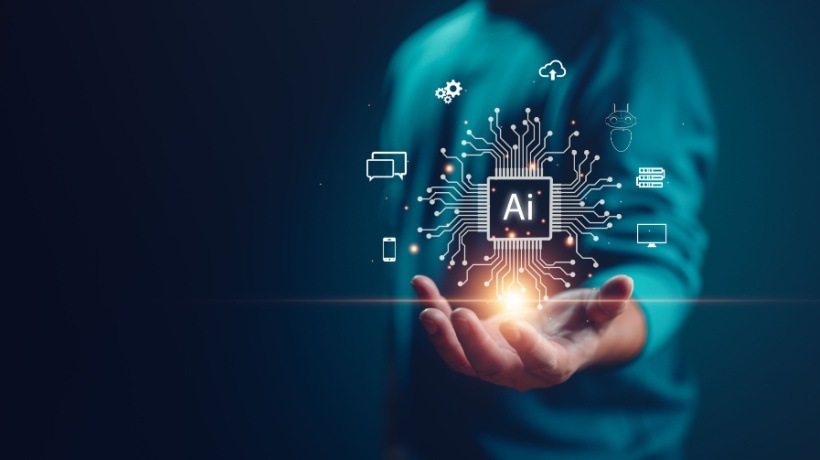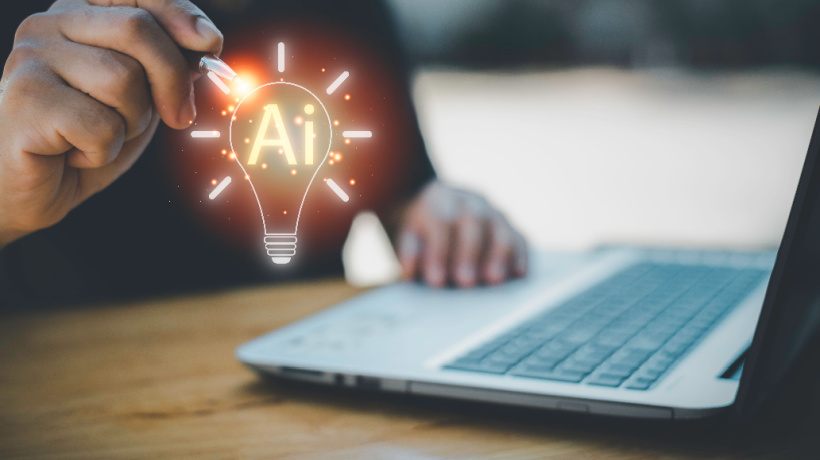The Innovation Journey Of Gen AI For L&D
Change comes in phases, particularly where technology is concerned. Just as the automotive industry transitioned from hybrid vehicles, which combined traditional gasoline engines with electric power, to fully electric vehicles like Tesla, the realm of Artificial Intelligence (AI) is on a similar journey. Just as electric vehicles are being heralded as the new frontier in transport, along with all of the benefits to the environment they will bring, generative AI's impact is emerging as the new frontier for productivity. While new technological innovations have a tendency to disrupt, it takes time and investment for businesses to capitalize on that disruption and turn new technology to their advantage.
A hybrid car, with its dual power sources, can be likened to the current state of generative AI: a blend of human intervention and machine capabilities. The hybrid vehicle, while innovative, is a stepping stone, a transition phase before reaching the end goal of an all-electric transport network. Similarly, today's AI systems, though powerful, still require a significant amount of human oversight. They are in the phase where human intervention is essential to ensure accuracy and relevance.
In contrast, the all-electric concept is analogous to AI's future impact: a system that is almost entirely "AI-driven". In this state, AI operates autonomously, making decisions and executing tasks without much need for human input beyond tweaking the algorithm or making minor adjustments. Just as an electric car relies solely on its battery, an AI-driven system would rely solely on its algorithms and data, functioning seamlessly in the background while humans get on with more important work.
Phases Of AI Evolution
“AI-driven” is not a switch that businesses will one day turn on to enable. Just as it took over a decade for electric vehicles to become mainstream, AI's journey to full autonomy will require time, research, and iterative development. There will be false starts, mistakes will be made, and a game of trial and error will be played by the torch bearing businesses at the cutting edge of its development. In this way, the current AI landscape is now comparable to the early days of electric vehicles, where the technology showed promise but had limitations in terms of range and infrastructure.
AI's Impact On Corporate Learning And Development
However, as AI matures, we can anticipate a shift in its capabilities. In this utopian AI world, systems will not just support or augment human tasks but will take the driver's seat. Let’s take the world of corporate Learning and Development (L&D) for instance, which has seen rapid innovation in recent years. This innovation is best understood in three phases; AI-supported, AI-augmented, and, eventually, AI-driven.
AI-Supported
AI-supported is akin to traditional gas-powered vehicles in this scenario. Tools such as Natural Language Processing (NLP) can be deployed in the form of chatbots that can answer employee queries and suggest relevant training materials. It might also be used to gather and collate feedback for managers in the form of easily digestible reports which can then be acted upon. Put simply, AI supports the roles already performed by humans by making their jobs more efficient.
AI-Augmented
AI-augmented is the hybrid vehicle, going above supporting human roles and amplifying human capabilities. For instance, trainers can leverage AI to devise targeted assessments for employees, ensuring a more precise evaluation of their learning. A notable instance of this more generally is generative AI, which, when prompted by a human, can produce high-quality content. The results are good, but human input and oversight is still required to ensure content accuracy.
AI-Driven
AI-driven applications are the fully electric vehicles in this analogy. They represent the forefront of training and development. AI-driven solutions can offer personalized recommendations for upskilling based on an individual's role and their career goals. For instance, in boosting sales performance, AI can analyze data to identify specific training needs for each team member, allowing for more individualized and effective training. Algorithms can even detect human sentiment, allowing companies to gauge employee morale and gather feedback without the need for surveys or direct interactions.
AI's Impact On Jobs And The Workforce
With any technological evolution, there are natural concerns about job displacement. However, while certain roles might become obsolete with the rise of advanced AI, new opportunities can and will emerge. The key lies in reskilling and adapting. Just as bank tellers transitioned roles with the advent of ATMs, workers today will need to embrace new technologies and acquire the skills necessary to work alongside advanced AI systems.
The future is not about AI replacing humans but about AI enhancing human capabilities. The next generation, equipped with a deeper understanding of the technology, will harness AI's potential, leading to a more efficient, innovative, and productive world. Just as electric vehicles represent a cleaner, more efficient future for transportation, a fully AI-driven world promises unprecedented advancements in various sectors, driving us toward a brighter, more efficient future.









